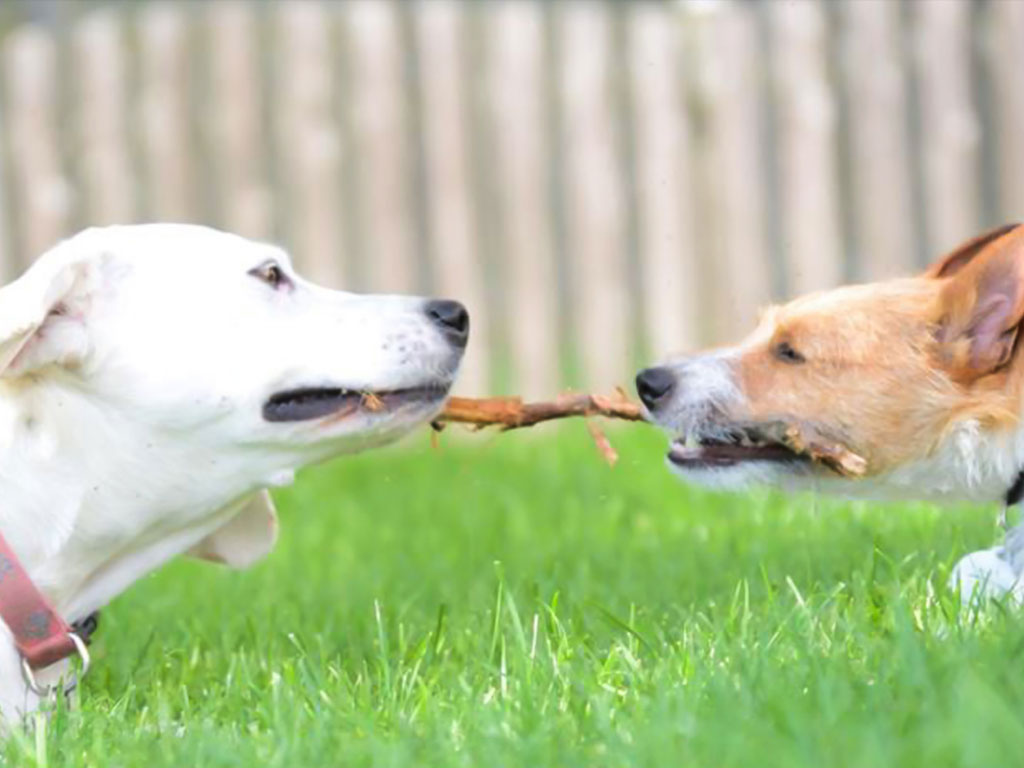Creative & Media: A Complex Relationship
It’s an age-old question – what comes first, the media or the creative? There was a time when agencies serviced both. But as media evolved and became more complex, and as clients demanded more buying efficiencies, agencies divided themselves or new agencies started with a focus on one area.

Each are critical pieces of the strategy for a brand to achieve their business goals. Effective advertising has insightful creative that conveys the brand appropriately. Effective advertising is also placed within the consumers’ day to day where it will attract their attention and take action.
Some might argue that media should dictate the deliverables, and that the creative concept should be so adaptable that it can fit within any medium. At Vovia we have the pleasure of working with clients that either have internal resources for creative or an external partner. Through those varying relationships we’ve learned that this just isn’t the case. Some messages don’t communicate as well in a particular medium. Or not all clients have access to the resources, or the time, to produce the variety of assets needed for all mediums.
Are you surprised to hear me say that media and creative need to work together to develop their strategies? Maybe not. But what might surprise you is how hard it is to put into practice. The client’s help is so key in setting the relationship up for success. Here are a few key best practices or tips to keep in mind:
- Talk early. Save time and brief creative and media in the same meeting. Some details each party needs might be slightly different but a majority of the needs are the same. Then you can rest at ease that everyone has heard the story told the same way.
- Talk often. The days of the “big reveal” are few and far between. Checkpoints, show and tells, tissue sessions, whatever you want to call them; an informal meeting to talk through media research and initial thinking on creative concept can save hours in the long term.
The learnings and discussion can help brainstorm ideas that may not have been thought of or can help narrow the thinking. The creative team may not have been thinking about online and broadcast radio so it gives them the time to think about how the concept could translate. Or media may learn the message can be articulated in a really quick read that would work well in a billboard that could be supported through targeted digital remarketing ads.
This also gives opportunity to dig into channel strategy. Technology has developed in how we can target audiences online and offline and diving deeper into those specifics together can lead to more tailored creative to the medium.
- Continue the conversation. After the campaign is in-market it’s easy to move onto other things. But really this should be the start of a new type of conversation. After a month or two of data, reviewing performance with creative and media can create opportunities for adaptation of creative and evolving creative to structured A/B testing.
This might seem simple, but if this was what we did with every client on every project we probably wouldn’t be talking about it here. It really starts with the client and the expectations they set at the onset with that initial meeting. Bring all your key partners in the room and let’s start this relationship off on the right foot.